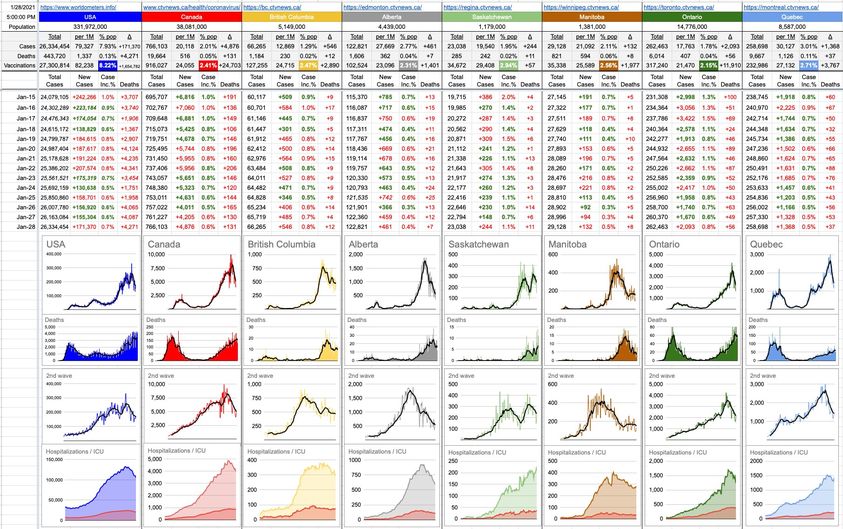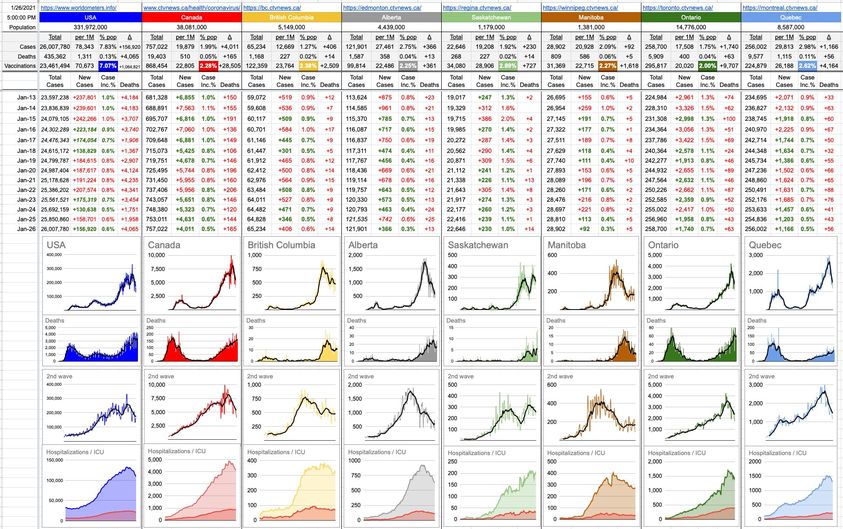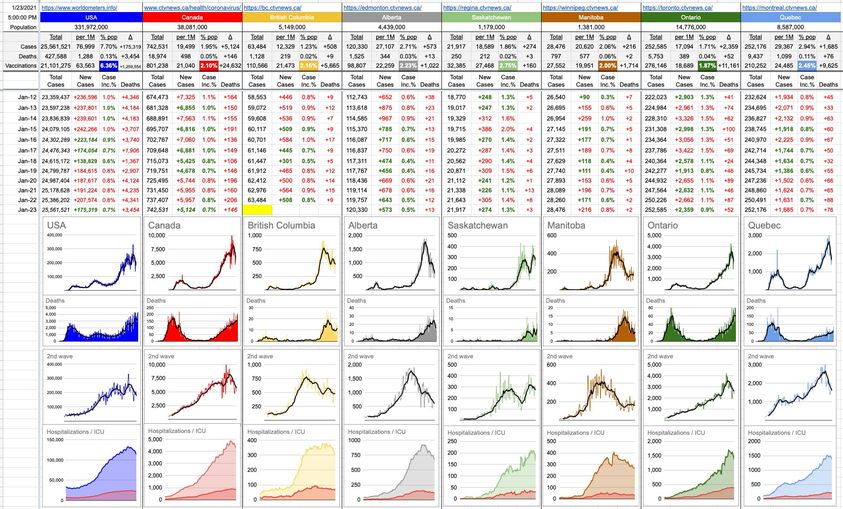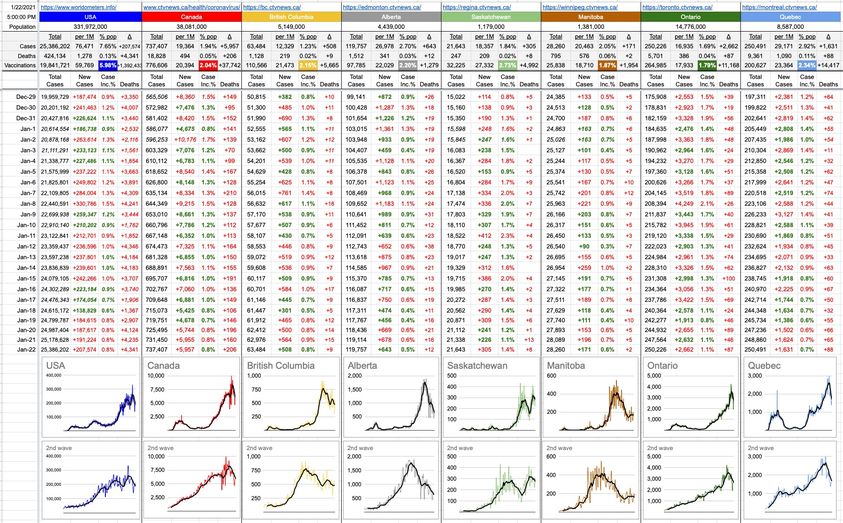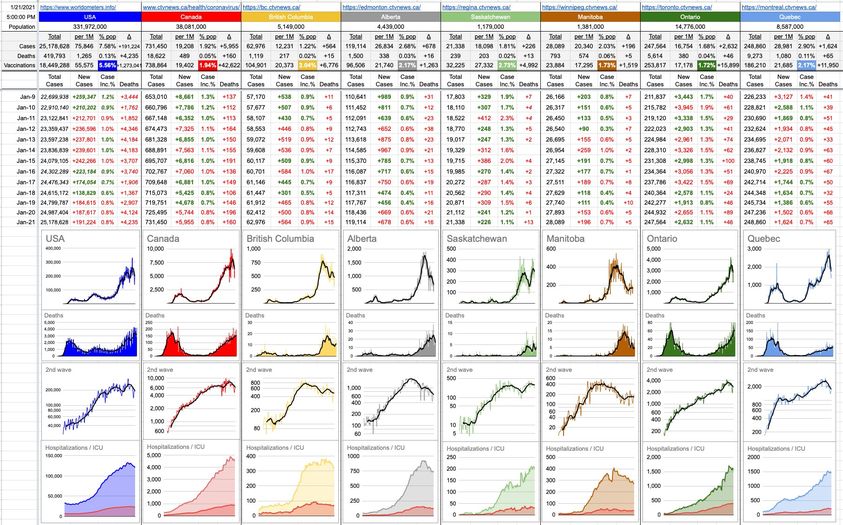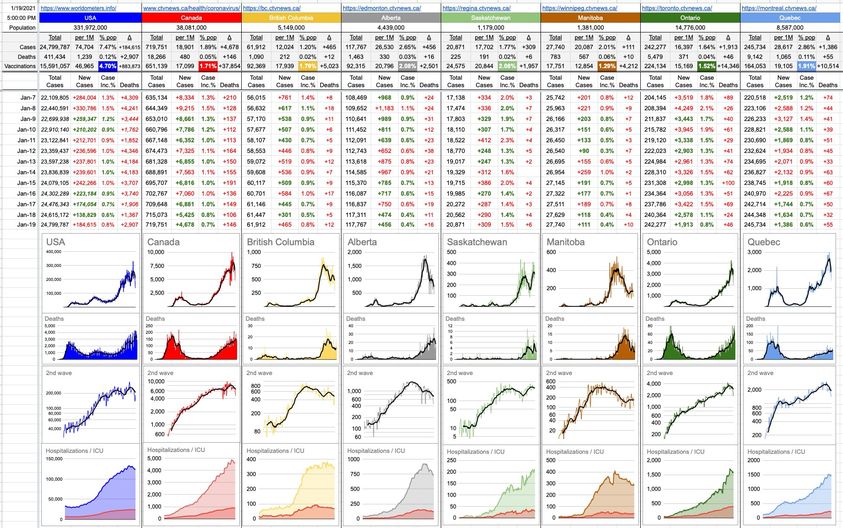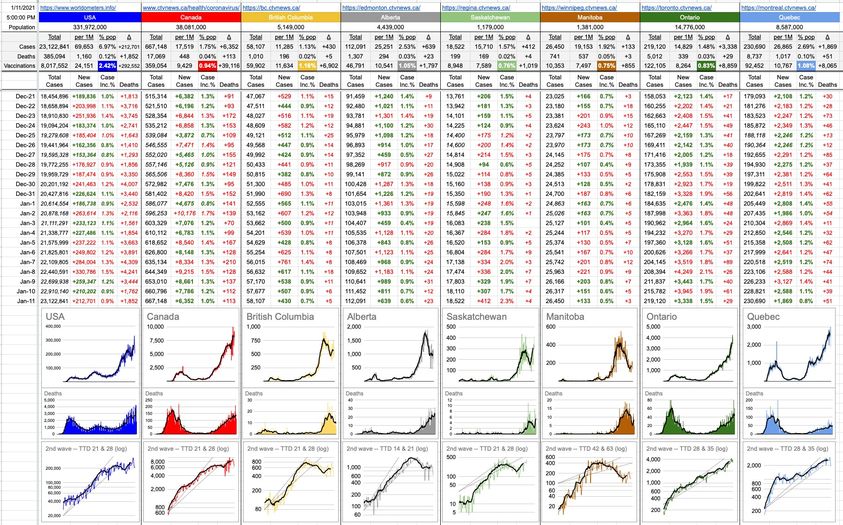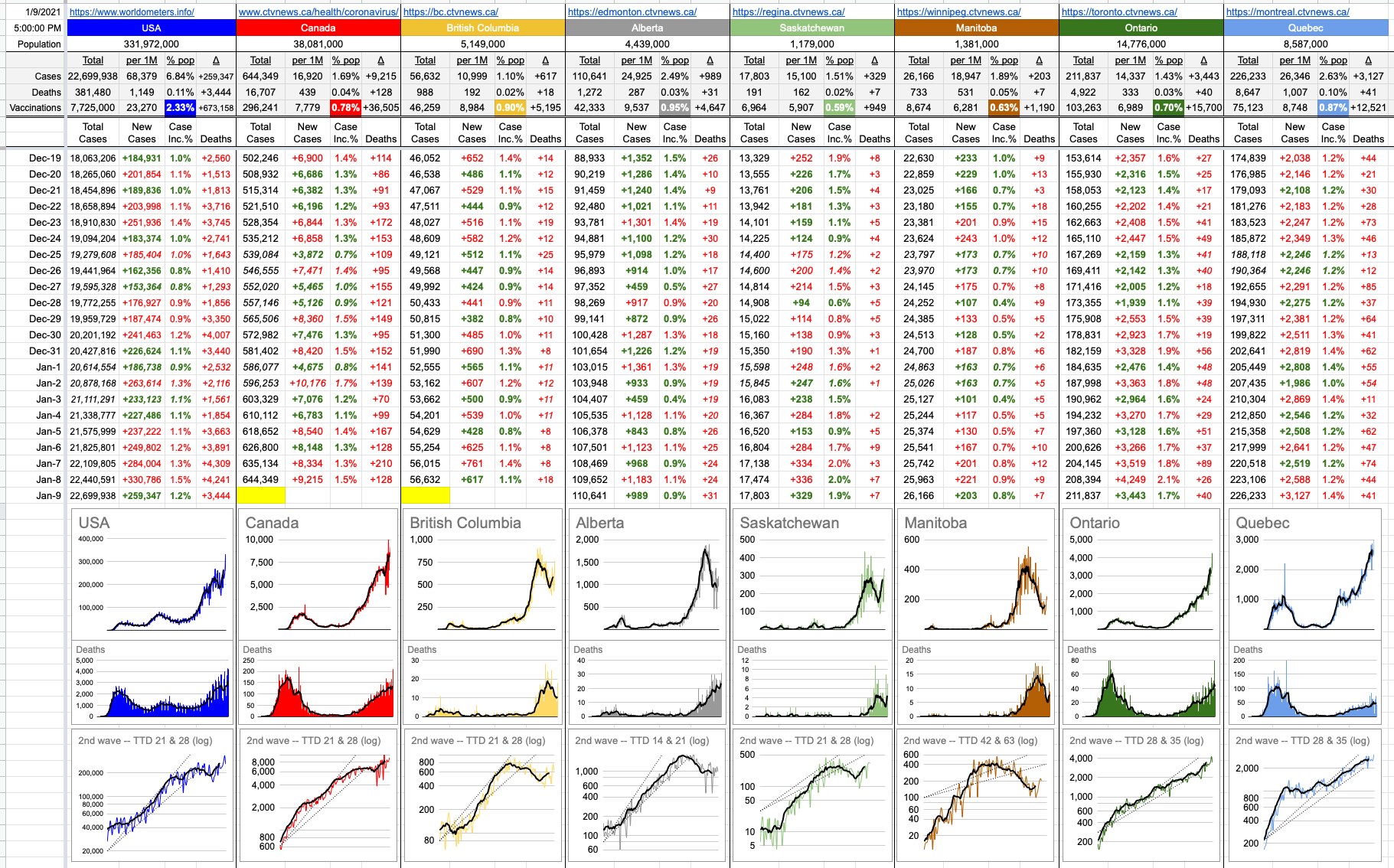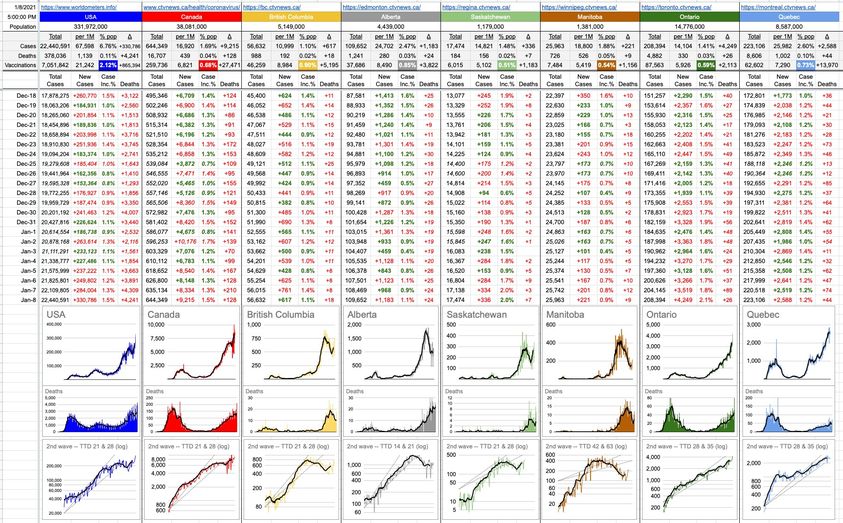January 28, 2021
There’s a lot of vaccine news these days… perhaps too much to accurately convey in a short space… but I’ll take a jab at it…
Like in the Seinfeld episode where they’re arguing about the rental car… it’s easy to book a reservation. Having it honoured is a whole different thing. At present, although Canada is at the top of the list with respect to reserving (“procuring”) vaccine, we’re 20th on the list for vaccinations per million, and that number is going to drop further… because every time there’s going to be a delay in deliveries, it seems like we’re part of it. We’ve “reserved” 10 doses per person, more than any other country… but we’re not getting the stuff. It’s clearly understood that there’s a world-wide demand, and everyone wants as much as they can get, as quickly as they can get it… but it’s not difficult to see what this would look like if the countries were personified into a crowded pub where everyone wants a drink, and is storming the bar, much to the concern of the two bartenders who are feeling totally overwhelmed.
Some countries would be pushing their way to the front, shoving others out of the way… “Hey, gimme two hundred million vodka sodas!” – while Canada would be standing near the back wall, timidly raising its hand… “Umm… excuse me… umm… sorry, could I get… oh, sorry, no, you go ahead… yes, of course… sorry.” So… we politely standby while everyone else gets served.
We’re told it’s just a little bump in the road… we’re told we’ll effectively get it all at the pace we were promised, just not at the rate we thought. Try to parse some sense into that… implying we’ll hit the finish line when we were promised, just not at the speed we need to get there.
Or… throw all that away, because there’s a report today that completely contradicts PM Trudeau’s promise that most of us will be vaccinated by September. The report claims it’ll be “well into 2022” before most Canadians get their shot… and that’s because countries like the U.S., the U.K. and all of the E.U. come first. Maybe you need a “U” in your name to get attention. Hey, Canaduh would like a drink.
It’s interesting how that report paints us as a bit “behind” those aforementioned countries… where we’re in a secondary bracket, along with Australia and Japan.
Pfizer, trying to capitalize on our politeness, has gently suggested that since we’ve intelligently managed to extract 6 doses out of each vial instead of 5, how about they just label each vial with a 6 instead of a 5, and that way, we…
… oh, you thought I was going to say, “that way we get more doses.” – but no. Actually, that way, Pfizer can just send us less vials and still deliver the same number of doses they promised. Canada is balking at that, but of course… we’ll eventually cave, because it’s the polite thing to do. But if you’re wondering where the 3.5M doses we’re getting vs. the 4M that were promised comes from, it’s that.
In the meantime, the E.U. is trying block exports of E.U. produced vaccines, namely the UK-based AstraZeneca vaccine which they want ahead of anyone else. Of course, the U.K themselves want it ahead of everyone, even the E.U…. and contracts be damned. Visions of a bar-fight, as everyone jockeys for position, and to hell with everyone else.
What are we going to do? Sue? Years of litigation when all we really want is the vaccine that we contractually bound ourselves to purchase?
We have no leverage here. We will take what we can get, or what… we will pout and we will be disappointed, yet somehow, we’ll still be apologizing. And, no matter what, we will be patiently waiting.
24 Likes, 1 Shares


